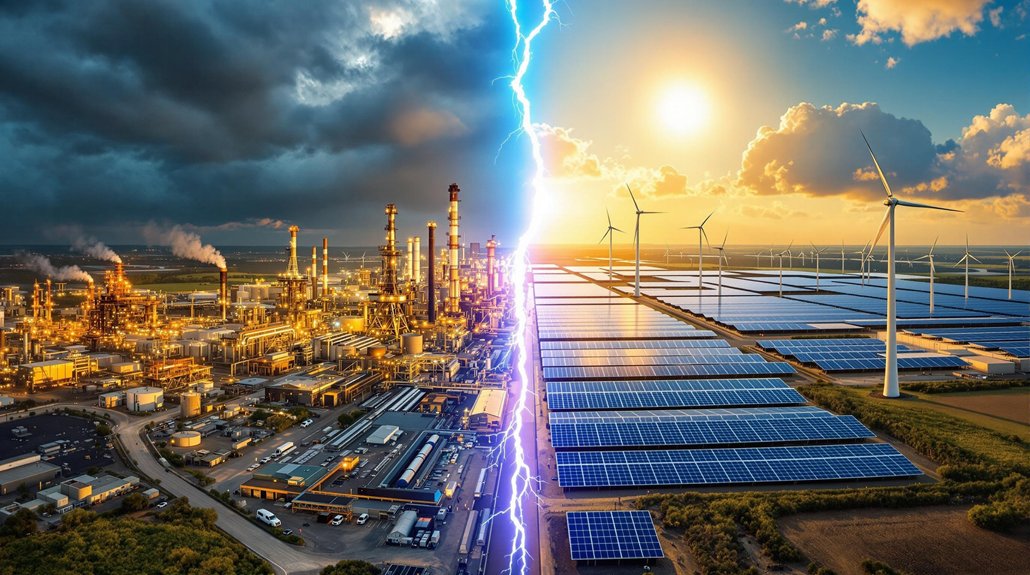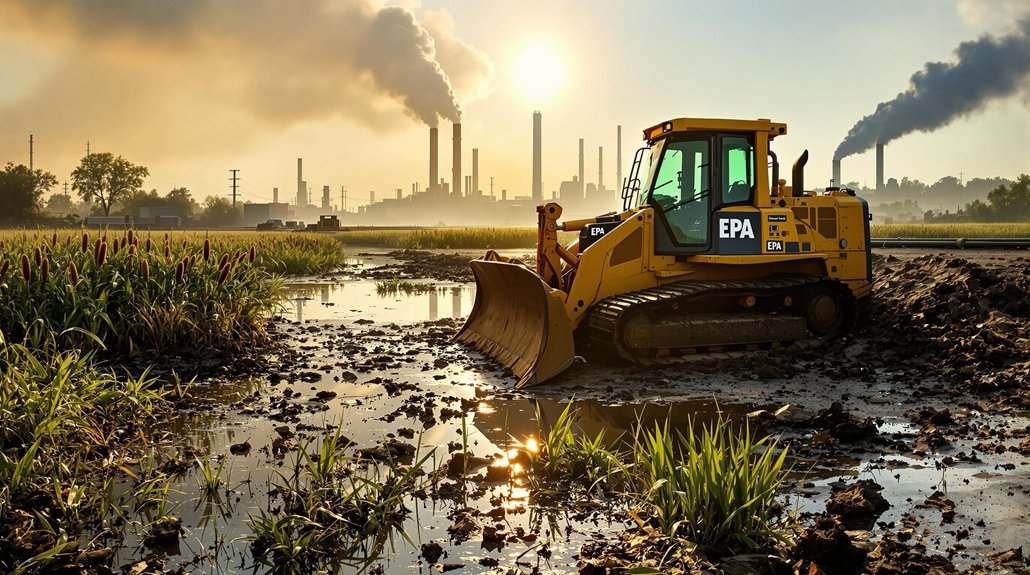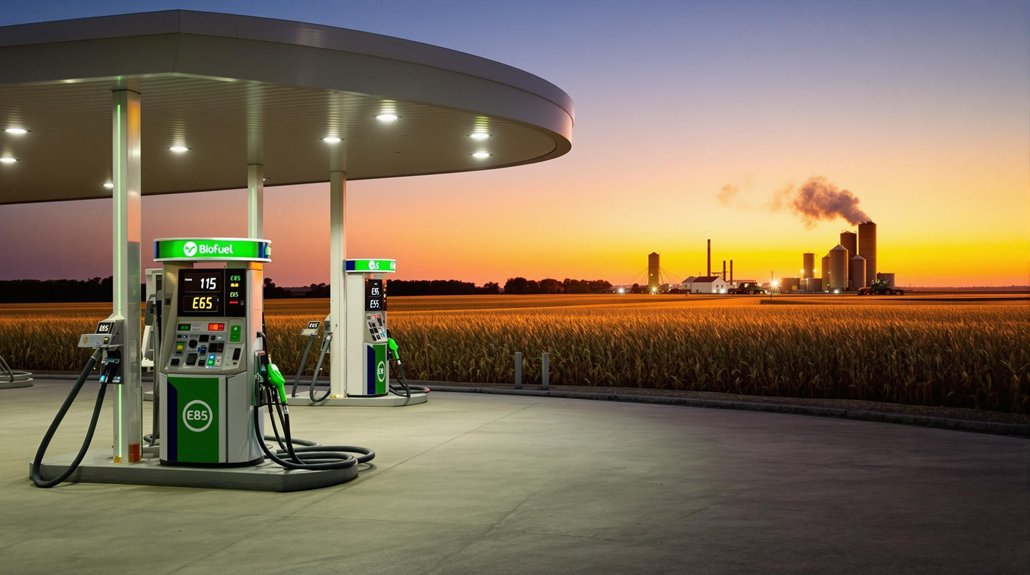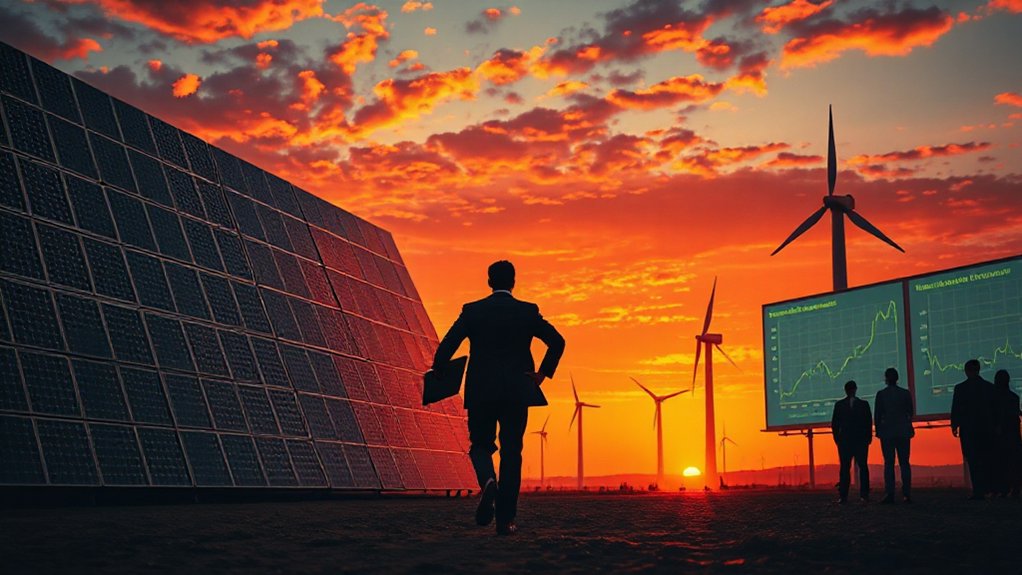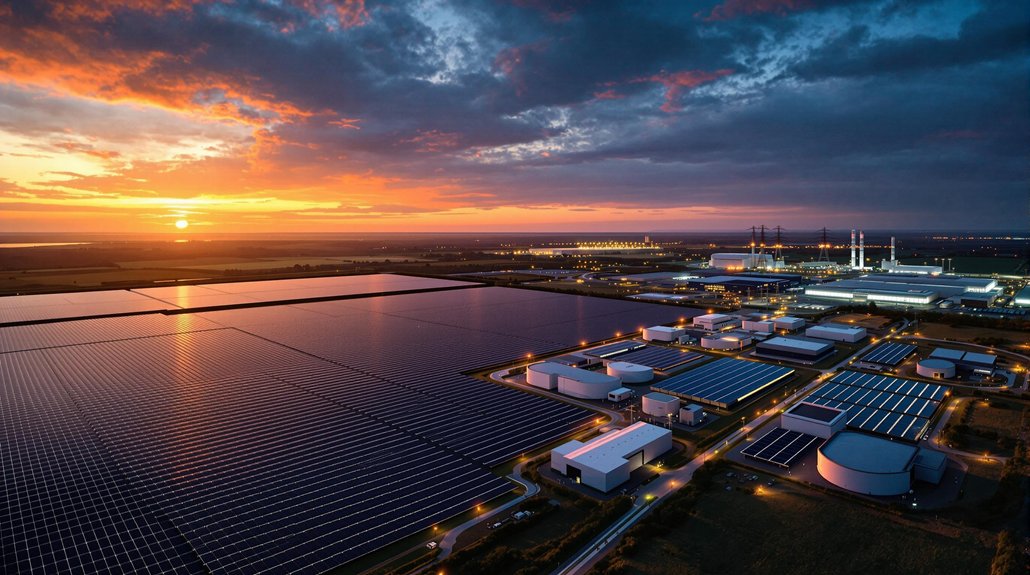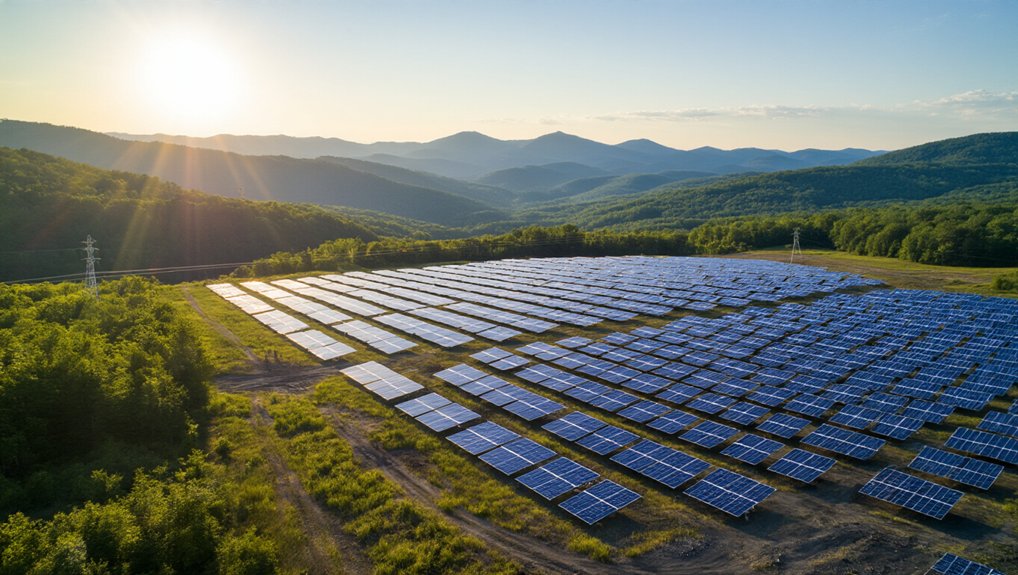A Willis study shows the natural resources industry faces a critical juncture in clean energy adoption. While 100% of companies have clean energy strategies, implementation varies widely by sector. Companies plan to increase clean energy spending by 34% next year, but face significant challenges including supply chain disruptions and geopolitical risks. Industry leaders remain divided on net-zero timelines, with most oil executives projecting peak demand by 2038. The transformation requires substantial mineral resources and system overhauls.
The natural resources industry is rapidly shifting toward clean energy, with 100% of surveyed companies now implementing dedicated strategies in this area. A new Willis study shows that 63% of companies view clean energy as a growth opportunity rather than just an environmental obligation.
Progress varies by sector, with 71% of renewables companies already at the implementing or fully implemented stage, compared to just 36% of oil and gas companies. Companies plan to increase their clean energy spending by an average of 34% in the next financial year. Global investments in clean energy have reached record-breaking levels.
Renewable companies lead energy transition, outpacing oil and gas firms as clean energy investments hit historic levels.
However, the industry isn’t abandoning fossil fuels yet, with increased investment planned in the short and medium term while they build clean energy capacity. Solar power ranks as the top priority for 51% of companies in the near and medium term. Battery storage and carbon capture are gaining importance, with 61% prioritizing these technologies in the medium to long term.
Geothermal energy and hydrogen are emerging as high priorities over a 10-year horizon. The shift isn’t without challenges. Supply chain disruption (79%) and geopolitical issues (78%) top the list of risks to clean energy strategies. Despite these challenges, experts recommend that the industry should aim for 60-80% renewables by 2035 for maximum economic and environmental benefits. More than half of surveyed companies face insurance coverage issues when trying to secure protection for their clean energy projects. Companies also face difficulties securing affordable project financing and appropriate insurance coverage. The survey received 450 responses from senior decision makers across multiple regions, providing comprehensive insights into industry trends.
Mineral supply presents another hurdle. Clean energy technologies require considerably more minerals than fossil fuel alternatives, with demand expected to quadruple by 2040. This could create supply bottlenecks for critical minerals.
The industry is transforming its operations to adapt, with 62% of executives expecting to overhaul their ERP systems within three years. Companies are shifting from ESG-driven investments to ROI focus while doubling or tripling capital deployment for energy transition projects.
Looking ahead, industry leaders remain divided on timing. While 32% expect to achieve net-zero emissions by 2050, 44% believe it won’t happen until 2070 or later. Oil and gas executives project peak oil demand by 2038.
